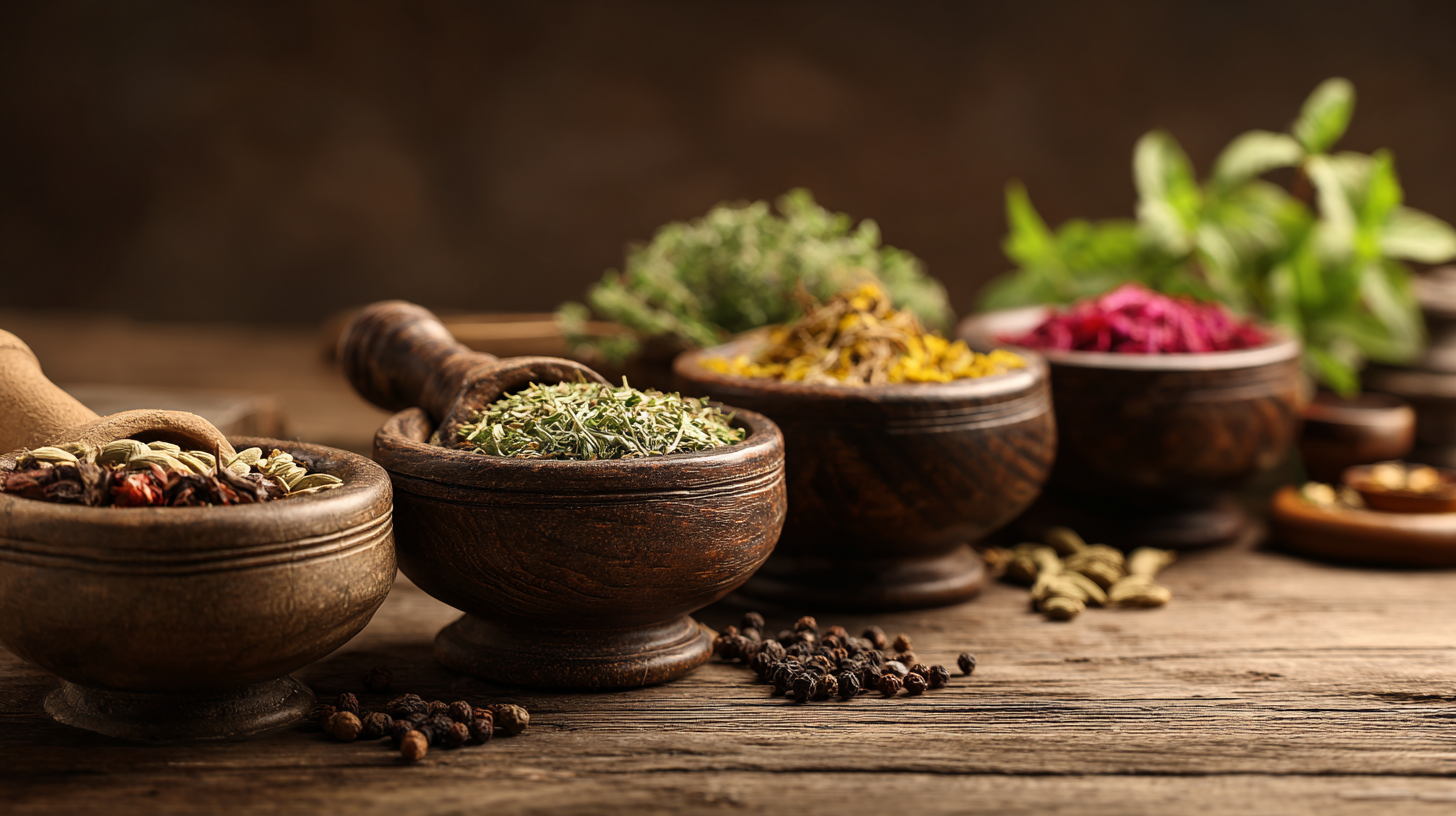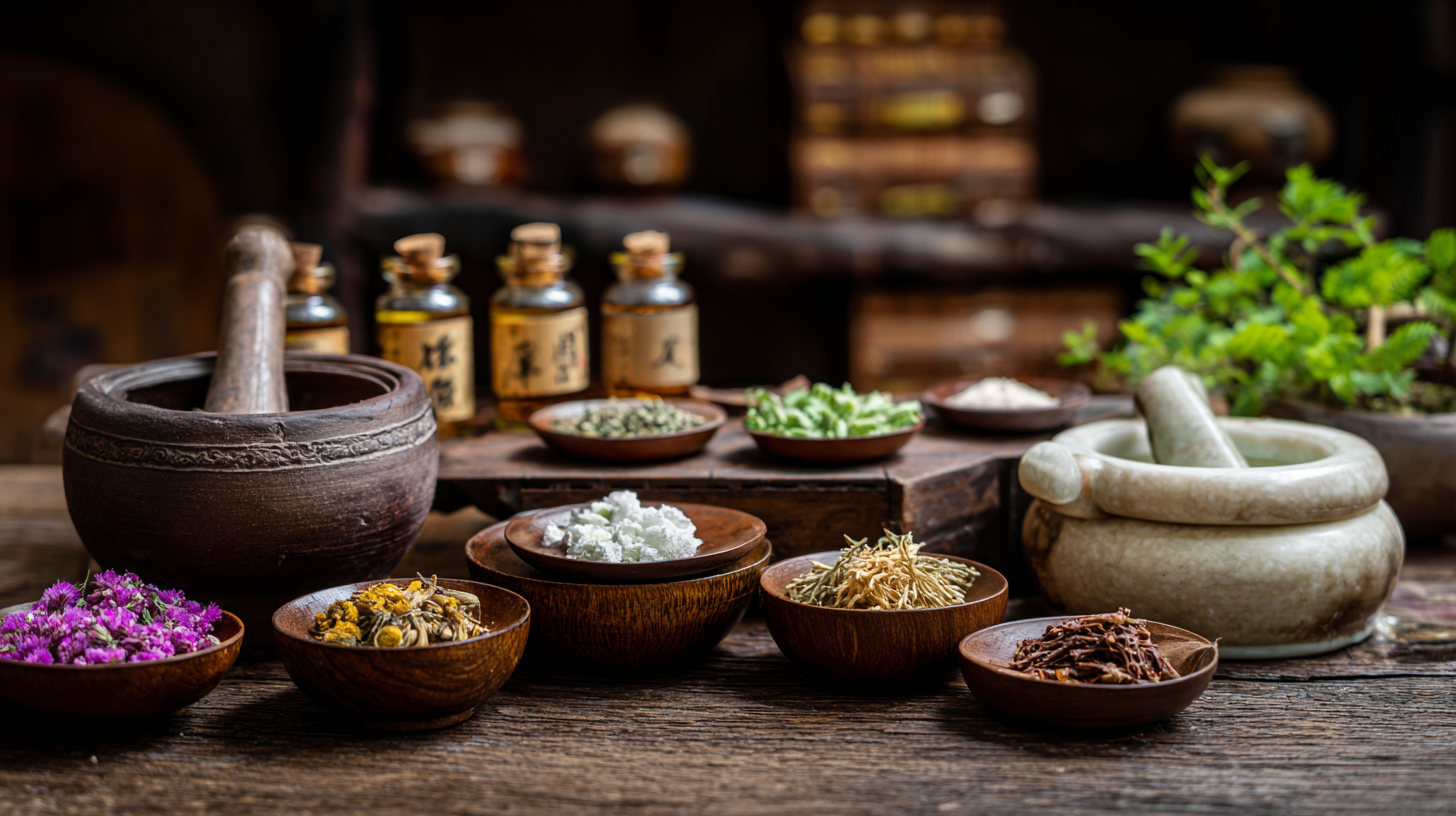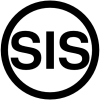Mastering Import-Export Certifications for the Best Healing Treatments: A Comprehensive Guide for Global Buyers
In an increasingly interconnected world, the demand for high-quality healing treatments and natural remedies has surged, prompting global buyers to seek out the best products available. However, navigating the complexities of import-export certifications can be a daunting task for those aiming to bring these therapies to their markets. This comprehensive guide aims to demystify the certification process, equipping buyers with essential knowledge and comparisons to make informed decisions.

From understanding the various types of certifications to the critical regulations that govern them, we will explore the pivotal role certifications play in ensuring the safety, efficacy, and legality of healing treatments. By mastering these requirements, buyers can confidently source and distribute premium healing solutions, ultimately contributing to a healthier global community.
Understanding the Importance of Import-Export Certifications in Healing Treatments
In the realm of healing treatments, the significance of import-export certifications cannot be overstated. These certifications serve as a benchmark for quality and safety, ensuring that products comply with international standards. According to a report by the World Health Organization, approximately 80% of the global health products market is influenced by regulatory compliance, underscoring the critical role that certifications play in maintaining the integrity of healing treatments. For global buyers seeking effective solutions, understanding these regulations is essential to navigate the complex landscape of international trade.
Moreover, import-export certifications help mitigate risks associated with counterfeit products and substandard treatments. The International Trade Centre reports that counterfeit and substandard medical products account for 10% of the global trade in pharmaceuticals, which highlights the need for robust certification systems to protect consumers. By prioritizing certified products, buyers not only ensure the efficacy of healing treatments but also contribute to a safer and more accountable global marketplace. Understanding these certifications equips buyers with the knowledge to make informed decisions and advocate for quality health solutions worldwide.
Key Certification Types for Global Buyers in the Healing Industry
In the healing industry, understanding certification types is crucial for global buyers seeking quality assurance and safety in their purchases. According to a report by Business Wire, the global wellness market is projected to reach $4.5 trillion by 2023, emphasizing the importance of adhering to recognized standards. Certifications such as ISO (International Organization for Standardization) and GMP (Good Manufacturing Practices) not only validate a product's safety and efficacy but also enhance consumer trust.
Moreover, organic and natural product certifications are gaining momentum, particularly among buyers who prioritize sustainability and ethical sourcing. The Organic Trade Association notes that organic product sales reached $62.5 billion in 2020, reflecting a 12.4% increase from the previous year. Certifications like USDA Organic and Ecocert empower buyers with the confidence that they are investing in products that align with their health values and environmental consciousness. As the healing industry continues to expand, buyers must stay informed about these certifications to ensure they are making safe and effective choices in their health and wellness journeys.

2025 Market Trends: Growth Opportunities in Healing Treatments
The healing treatment market is projected to witness significant growth from 2025 to 2033, fueled by advancements in technology and increasing global demand. One notable segment is the nano-robotics market, expected to reach an estimated $204.77 million in 2025, with a remarkable compound annual growth rate (CAGR) of 18.3%. This growth illustrates the rising interest in precision healthcare solutions that utilize nanoscale technologies for enhanced treatment efficacy.
Additionally, the non-invasive ventilation mask market is anticipated to expand, with a valuation of $21.77 million in 2025 and a favorable CAGR of 4.3% leading up to 2033. As healthcare continues to evolve towards patient-centric solutions, the demand for non-invasive procedures is expected to grow, making this segment a vital component of the healing treatments landscape. Another promising area is the phototherapy market, which is projected to increase from $17.4286 million in 2025 to approximately $62.563 million by 2033, showcasing the versatility and effectiveness of light-based healing methods. This trend illustrates an exciting time for global buyers seeking innovative treatment options in a rapidly growing industry.
Mastering Import-Export Certifications for the Best Healing Treatments: A Comprehensive Guide for Global Buyers - 2025 Market Trends: Growth Opportunities in Healing Treatments
| Category | Market Size (2025) | Expected Growth Rate (CAGR %) | Key Certification Requirements | Insights |
|---|---|---|---|---|
| Herbal Remedies | $12 billion | 8.5% | GMP, HACCP | High demand in North America and Europe. |
| Nutritional Supplements | $15 billion | 6.7% | ISO, Organic Certifications | Asia Pacific region is witnessing rapid growth. |
| Aromatherapy Products | $3.5 billion | 5.2% | PIF, IFRA Compliance | Growing popularity among wellness enthusiasts. |
| Homeopathy Products | $4.2 billion | 7.4% | CE Marking, GMP | Increased acceptance among conventional medicine users. |
| Chiropractic Services | $10 billion | 9.0% | State Licensure, National Board Certification | Rising interest in alternative medicines. |
Navigating Compliance: Best Practices for Importing Healing Products
Navigating the complexities of importing healing products requires a solid understanding of compliance regulations that vary across borders. Importers must familiarize themselves with the legal frameworks governing the products they intend to bring into a new market. This involves thorough research into local laws, including labeling requirements, safety standards, and specific certifications needed for healing treatments. Ensuring that products meet domestic health and safety guidelines not only facilitates smoother transactions but also builds trust with consumers.

Best practices for compliance start with comprehensive documentation. Importers should maintain up-to-date records of the necessary certifications for each product, which may include health inspections, quality assurance tests, and eco-certifications. Partnering with legal experts or consultants can provide valuable insights into compliance timelines and potential challenges. In addition, actively engaging with trade associations and industry forums can offer useful resources and networking opportunities, helping importers stay informed about the latest changes in regulations. By prioritizing compliance, global buyers can effectively navigate the import process and ensure their healing products reach the market safely and ethically.
Tips for Selecting Reliable Suppliers and Certifications in Global Trade
When engaging in global trade for healing treatments, selecting reliable suppliers and certifications is crucial for ensuring product quality and compliance. As the landscape of international trade evolves, establishing long-term relationships with trustworthy suppliers can enhance the safety and sustainability of your supply chain. It's important to take the time to research potential partners, considering their certifications and adherence to industry standards, which reflect their commitment to equitable practices.
One effective tip for selecting suppliers is to verify their certifications. Look for suppliers who have accredited certifications that meet international health and safety regulations. This not only ensures that products are sourced responsibly but also minimizes risks associated with non-compliance. Engaging with suppliers who participate in well-recognized certification programs can open new opportunities—for both parties—enhancing overall supply chain transparency.
Furthermore, staying informed about tariffs and trade regulations is essential. Utilize tools like FTA analyzers that can provide updated information on trade agreements, helping to navigate potential tariff impacts. This knowledge allows you to make informed decisions when sourcing products globally, ensuring that you align with suppliers who can offer competitive pricing without sacrificing quality.
Mastering Import-Export Certifications for Healing Treatments
This chart illustrates the distribution of different import-export certifications relevant to healing treatments. It serves to guide global buyers in selecting reliable suppliers based on certification types.
